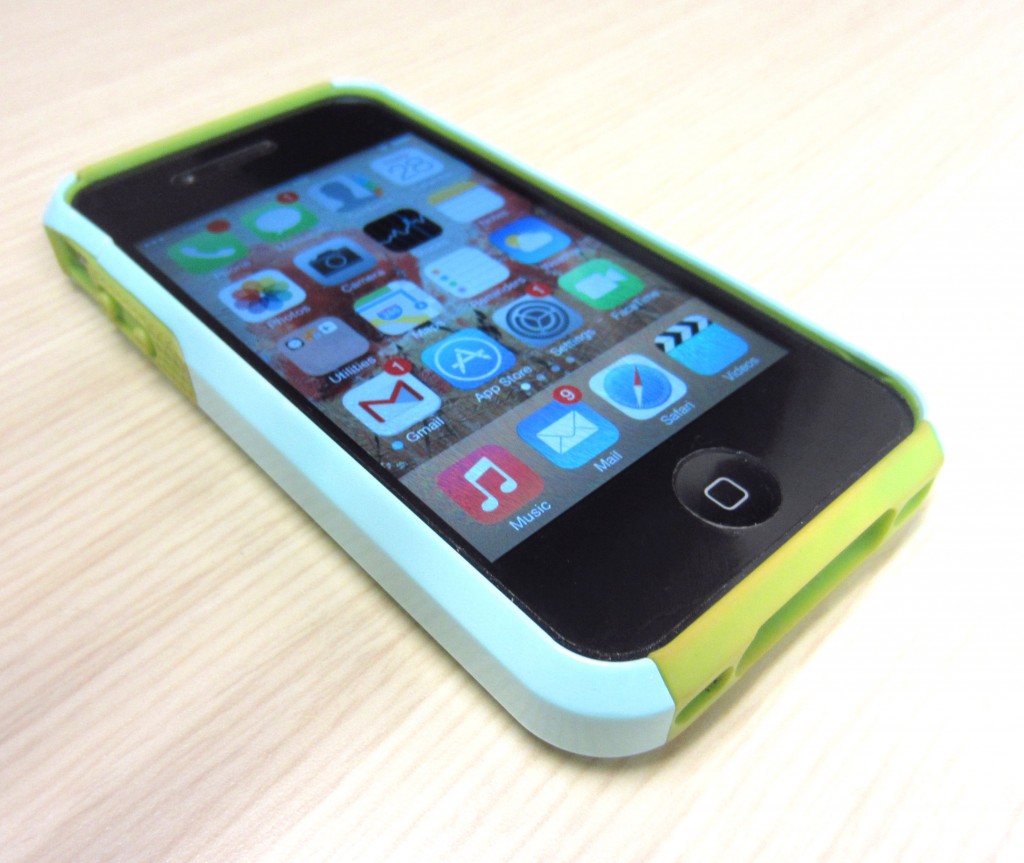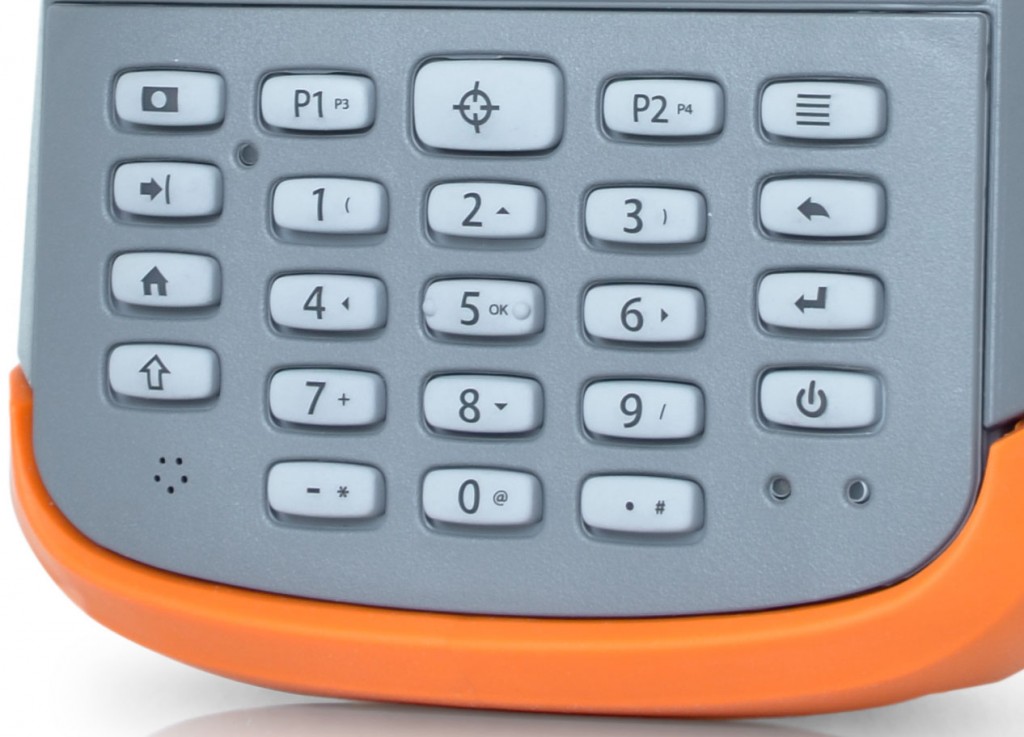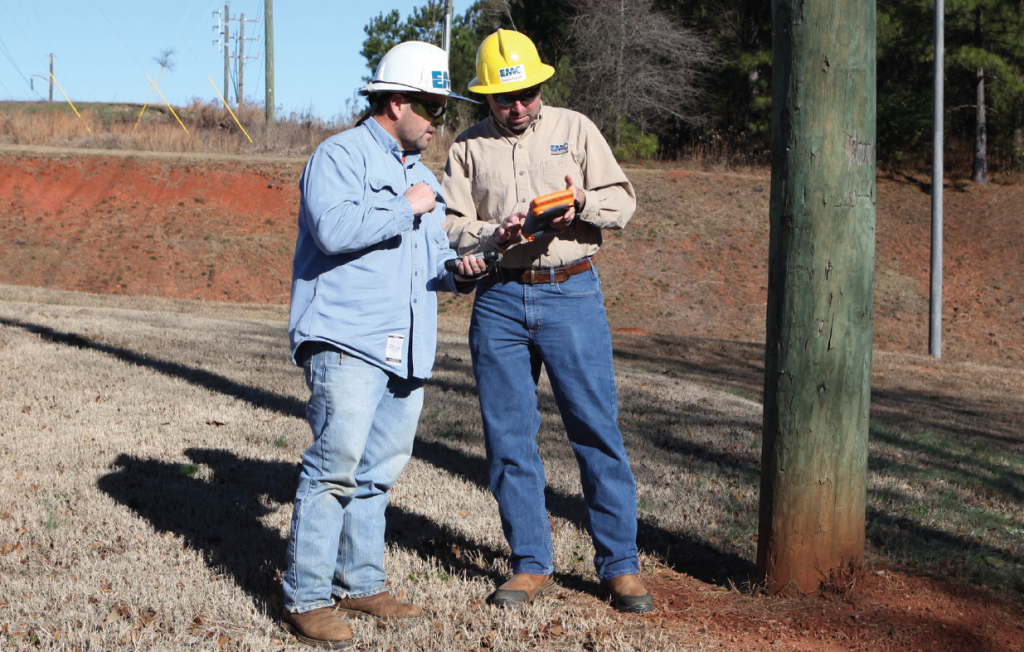
Throughout most of the tech scene, we’ve generally been seeing a phase-out of physical keyboards on handheld devices, with electronics manufacturers opting instead for purely touch interfaces.
You have to admit that that pristine, uninterrupted expanse of glass looks pretty sexy on a handheld device. However, in the rugged handheld world, “sexy” doesn’t always equate to “functional,” and functionality is key when designing a device for data collection professionals.
That’s why, even while consumer devices are moving away from physical keyboards, many rugged handhelds retain the “old-school” buttons, especially those handhelds—such as our Allegro 2 and Archer 2—intended for data-intensive applications that require high levels of data entry.
So here’s why physical keyboards haven’t gone out of style in the rugged handheld world:
Faster data entry
When you don’t have to be so careful about touching the wrong part of the screen, physical buttons allow for faster data entry than with on-screen buttons.
Higher accuracy
Physical buttons provide a more accurate target than on-screen buttons, reducing the number of incorrect key strokes, and leading to more accurate data.
Rapid, non-visual data entry
For some applications, such as log scaling, for example, workers read off—and simultaneously enter in—their data, without even looking at the keys. This allows for very rapid data entry, and would be impossible with an on-screen keyboard.
Safety
Going along with the above, when workers can collect data non-visually, it allows them to spend more time looking up, increasing awareness of their surroundings. Many applications require constant vigilance, as workers are operating around dangerous equipment and other hazards, so being able to direct a portion of their focus to their surroundings is very important. 
Reliability
Physical keyboards are not subject to the conditions of the outdoor environment, as on-screen keyboards are. Rain, snow, and dirt can affect a touch screen’s responsiveness, and bright sunlight can affect view-ability. Because of these factors, a physical keyboard provides the most reliable method for data entry in rugged outdoor conditions.
Productivity
Physical keys can be programmed to carry out complex background tasks at the touch of a button. For comparison, the modern smartphone “app” architecture is based around carrying out one task at a time. For example, say you’re composing an email and need to look up a date or time for a meeting. You need to leave the active “app” for another, only to have to switch back again. This may not be a big deal for a single event, but for highly repetitive data collection tasks, this can be a total productivity killer.
With a physical keyboard, individual keys or buttons can be custom configured to carry out commands such as activating sensors, initiating barcode scans, or capturing GPS data, without having to leave the “active screen” of an application, thereby increasing productivity.
At Juniper Systems, we strive to design our rugged handhelds in a way that maximizes accuracy, productivity, and safety for users. And for some of our handhelds, that means including physical buttons—which aren’t going out of style any time soon.
Click here to see our rugged handheld products, or contact us to learn more.

Thank you for the post on why physical keyboards haven’t gone out of style on rugged handhelds. I definitely think that rugged handheld computers are almost a must for many companies to increase their productivity. Their durability and ease of function enable workers to input data faster and in varying conditions to further speed up their process.